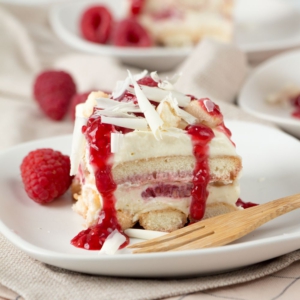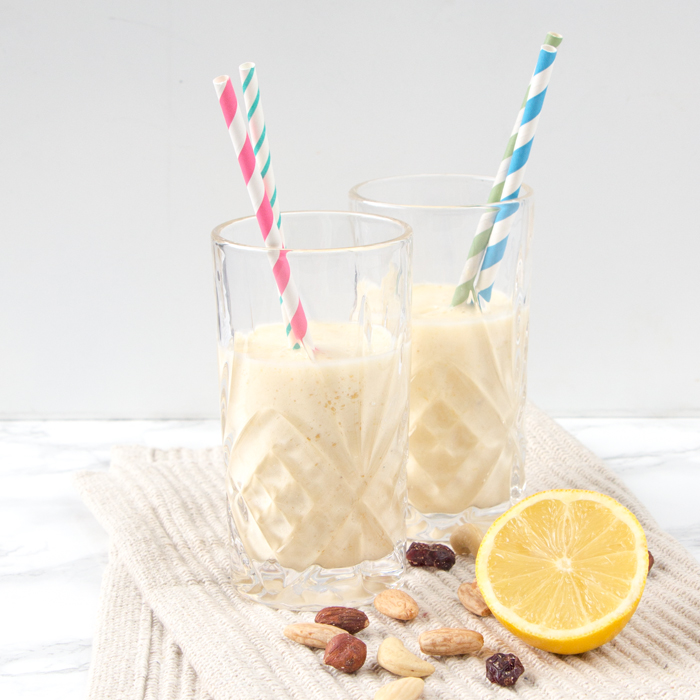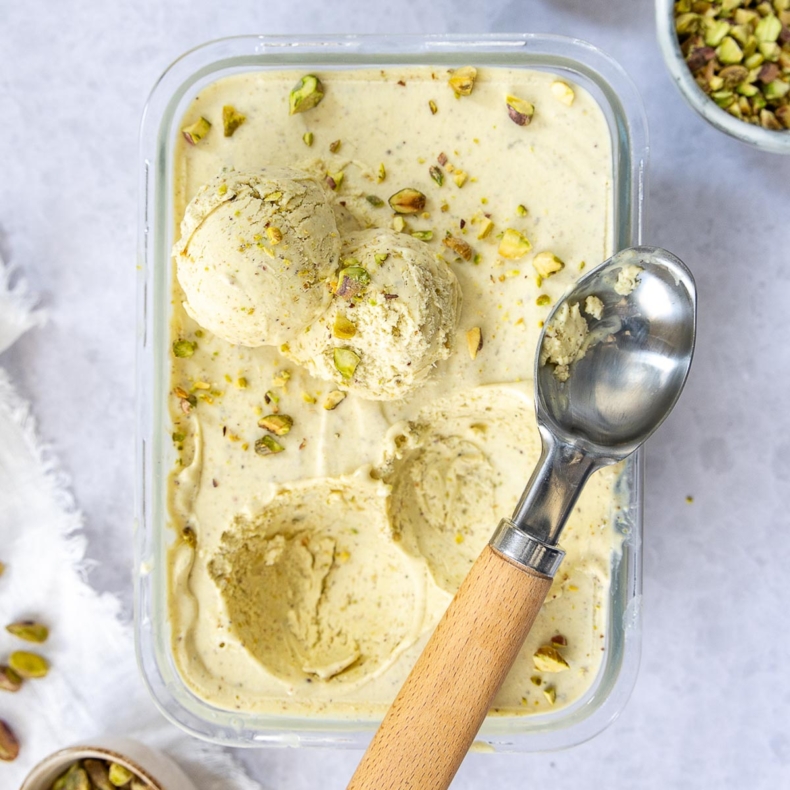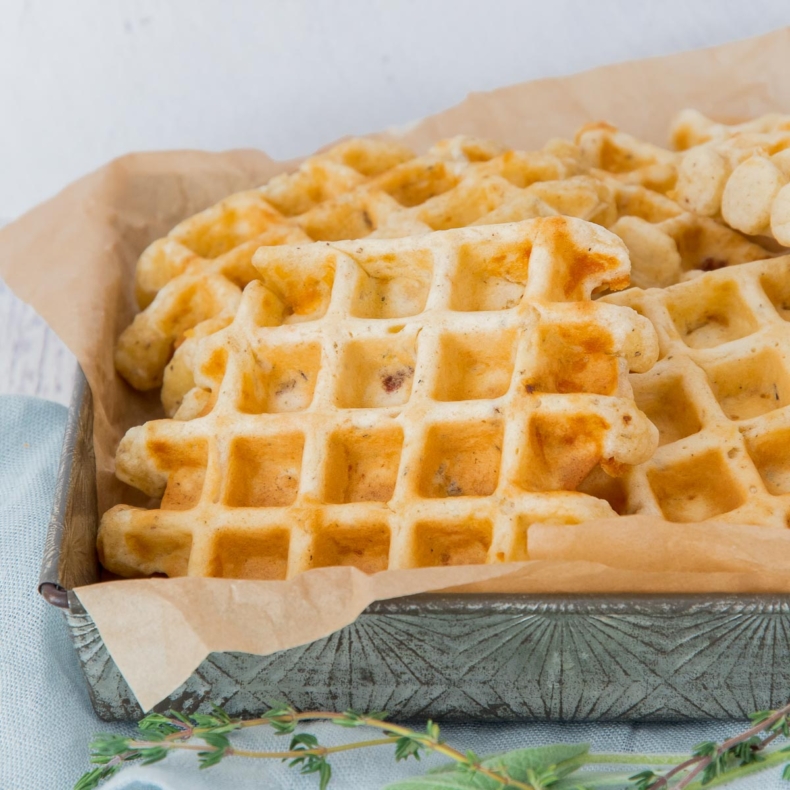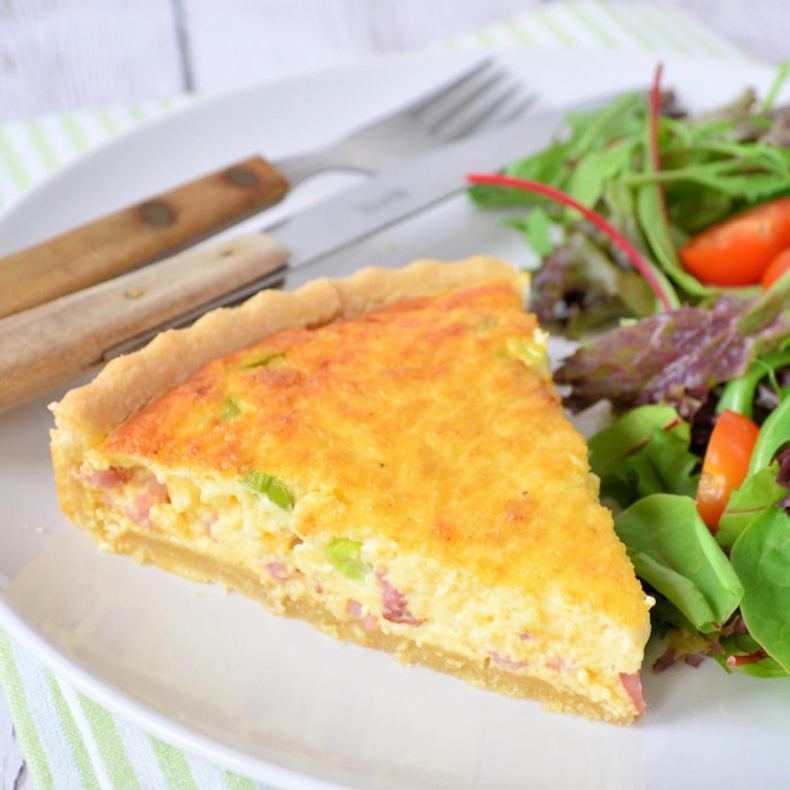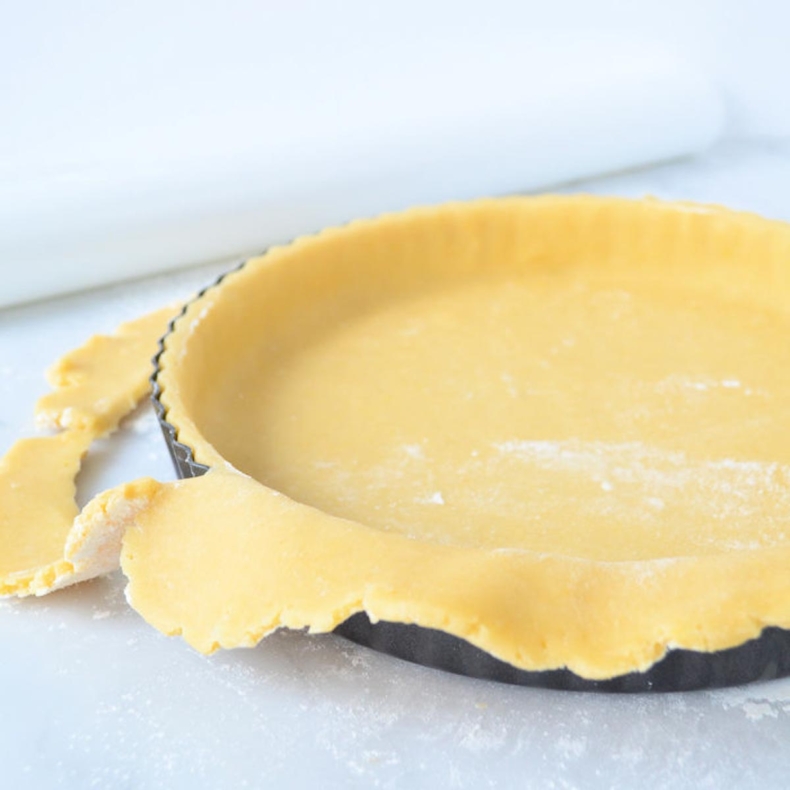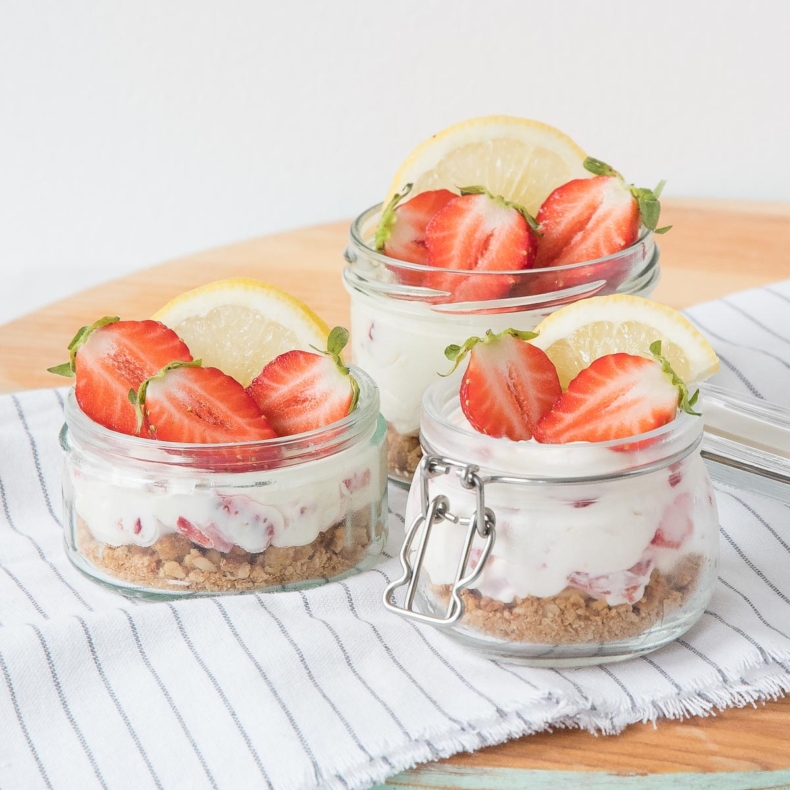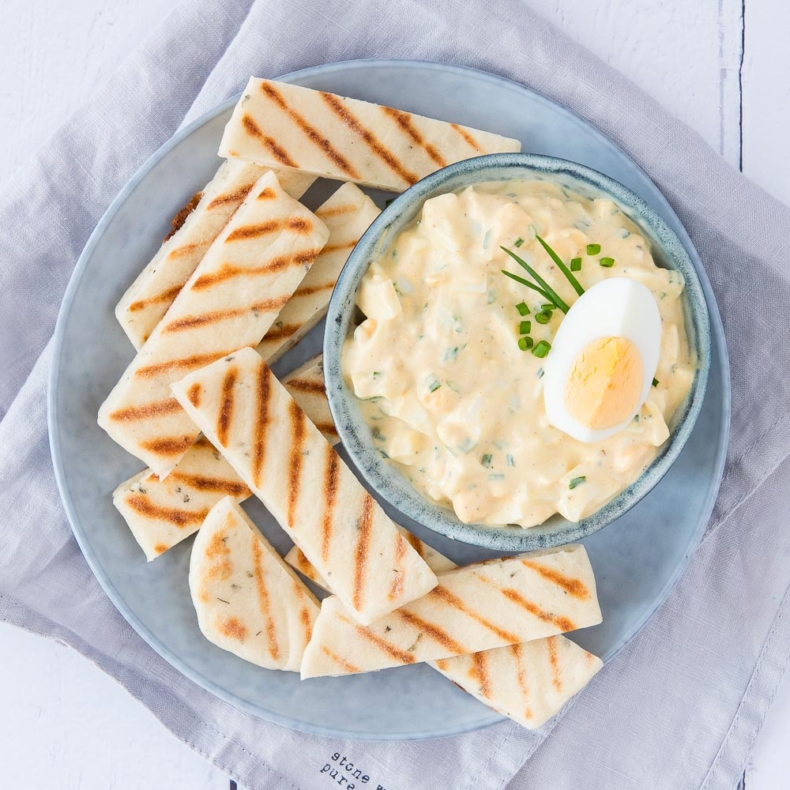While the mixture is cooling, in another bowl, beat the butter and icing sugar until light and fluffy. Scrape down the sides of the bowl in between. You can also use the bowl of a stand mixer for this. Lastly add the vanilla extract and mix until smooth.
Once the flour mixture has cooled, add it to the butter mixture. Continue to beat at medium speed for five minutes. Then put the bowl back in the fridge for about half an hour. Your vanilla ermine frosting is now ready to use!
Recipes using buttercream
I use this recipe as a base for almost all the toppings in my cupcake recipes, and many cake fillings also use this ermine frosting as a base. So it can be used in many recipes.
Whenever I make my recipe for vanilla cupcakes, I add a nice swirl of ermine frosting.
Storing buttercream
This buttercream will keep for up to a week in the fridge. Remember that the cream will be much firmer if it has been in the fridge for a while. That also means that in order for the best results you should allow the ermine frosting to warm up an hour or so before using it. Stir of mix it well before using.
You can also store buttercream in the freezer for up to three months. In this case, defrost the cream in the fridge to avoid large temperature differences. Then follow the same steps as above.
Personally, I make my buttercream no more than 1 day before I want to use it, and in that case I do not store it in the fridge, but in a cooler place in the house. Obviously depending on the weather conditions at the time.
Vanilla butter cream requirements
As well as the ingredients, you will need a few other things to make buttercream. A pan and a mixer (with a whisk attachment), of course, to make the cream. But when your buttercream is ready, you will want to use it. You might want to fill and frost a cake, or pipe pretty rounds on a cupcake. With the following baking items you have everything you need to work with buttercream in general and this ermine frosting as well:
Spatula – you can use this to fill and frost your cake. I can’t live without my palette knives in different sizes.
Metal cake scraper – the 90-degree angle of the scraper makes it really easy to spread frosting on your cake evenly. You place the spatula against the cake on a cake turntable and turn it around. Your cake is quickly iced.
The turntable (for cake) – in my opinion essential when icing a cake. I have done it without, but the results are not as smooth.
Nozzles – You don’t need a lot of different nozzles, but I use about four specific ones all the time. For making clusters, filling cakes and one to get a head start on icing a cake. Wilton 1M is my absolute favorite.
Disposable piping bag – I prefer to use disposable piping bags. Not only do I find them more comfortable to work with, but they are also much more hygienic. You can also use re-usable piping bags if you prefer.
Colors – If you want to add color to your buttercream you will need gel based colors. I personally find the result with gel colors the most beautiful. They come in all the colors of the rainbow, so just pick your favorites.







